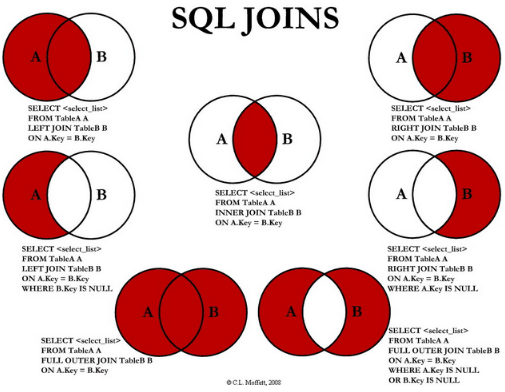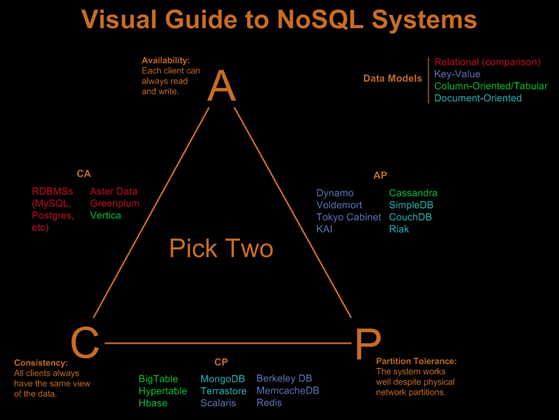This article was originally posted here.

If you meet 10 people who have been in data science for more than 5 years, chances are that all of them would know of or would have used SQL at some time in some form! Such is the extent of influence SQL has had on any thing to do with structured data.
In this article, we will learn basics of SQL and focus on SQL for RDBMS. As you will see, SQL is quite easy to learn and understand.

Properties of Databases
A database transaction must be ACID compliant. ACID stands for Atomic, Consistent, Isolated and Durable as explained below:
- Atomic : A transaction must be either completed with all of its data modifications, or may not.
- Consistent : At the end of the transaction, all data must be left consistent.
- Isolated : Data modifications performed by a transaction must be independent of other transactions.
- Durable : At the end of transaction, effects of modifications performed by the transaction must be permanent in system.
- To counter ACID, the consistent services provide BASE (Basically Available, Soft state, Eventual consistency) features.
To read the whole article, with illustrations, click here.
